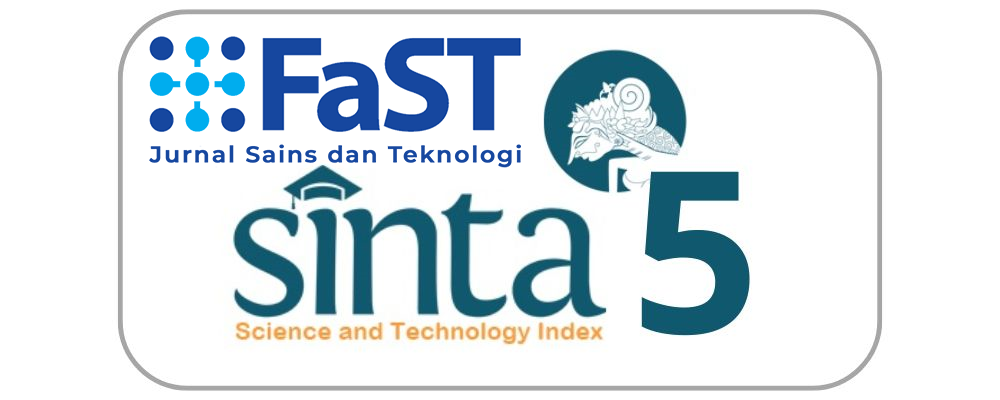DETEKSI AGLUTINASI SECARA OTOMATIS UNTUK UJI GOLONGAN DARAH TIPE ABO BERBASIS KERTAS
Keywords:
absolute substract difference, agglutination, blood type, WhatmanAbstract
ABSTRACT. The research is the early study of development of automatic detection for the paper-based agglutination devices as a determinant of ABO blood typing, namely the integration of the blood type test equipment based on paper chromatography and forward grouping method with agglutination detection through image processing. Paper test was made by Whatman No. 4 filter paper with three hydrophilic columns, the paper test pattern were printed by using laser printers and cutting process to make hydrophobic field, paper test printed were placed in waterproof cases that was printed with a 3D printer. Reagents anti-A, anti-B and Anti-D (rhesus) were immobilized on each hydrophilic columns. By measurement of optimization paper strips obtained the value of optimization volume of reagents immobilized and optimization of blood volume test, each 6 µl Anti-A, Anti-B and Anti-D were immobilized on hydrophilic columns and 40 µl amount of blood sample needed for testing. The preliminary study was produced image processing software for blood agglutination detection with Absolute Subtract Difference (ASD) method, it was designed to support single-board computer Raspberry Pi and mini camera for decision result of blood type on the display. The test results get a high accuracy by comparing the results with slide test method.
Downloads
Published
Issue
Section
License
“Authors who publish with this journal agree to the following terms:
1) Authors retain copyright and grant the journal right of first publication with the work simultaneously licensed under a Creative Commons Attribution License (CC-BY-SA 4.0) that allows others to share the work with an acknowledgement of the work's authorship and initial publication in this journal.
2) Authors are able to enter into separate, additional contractual arrangements for the non-exclusive distribution of the journal's published version of the work (e.g., post it to an institutional repository or publish it in a book), with an acknowledgement of its initial publication in this journal.
3) Authors are permitted and encouraged to post their work online (e.g., in institutional repositories or on their website). The final published PDF should be used and bibliographic details that credit the publication in this journal should be included.”



